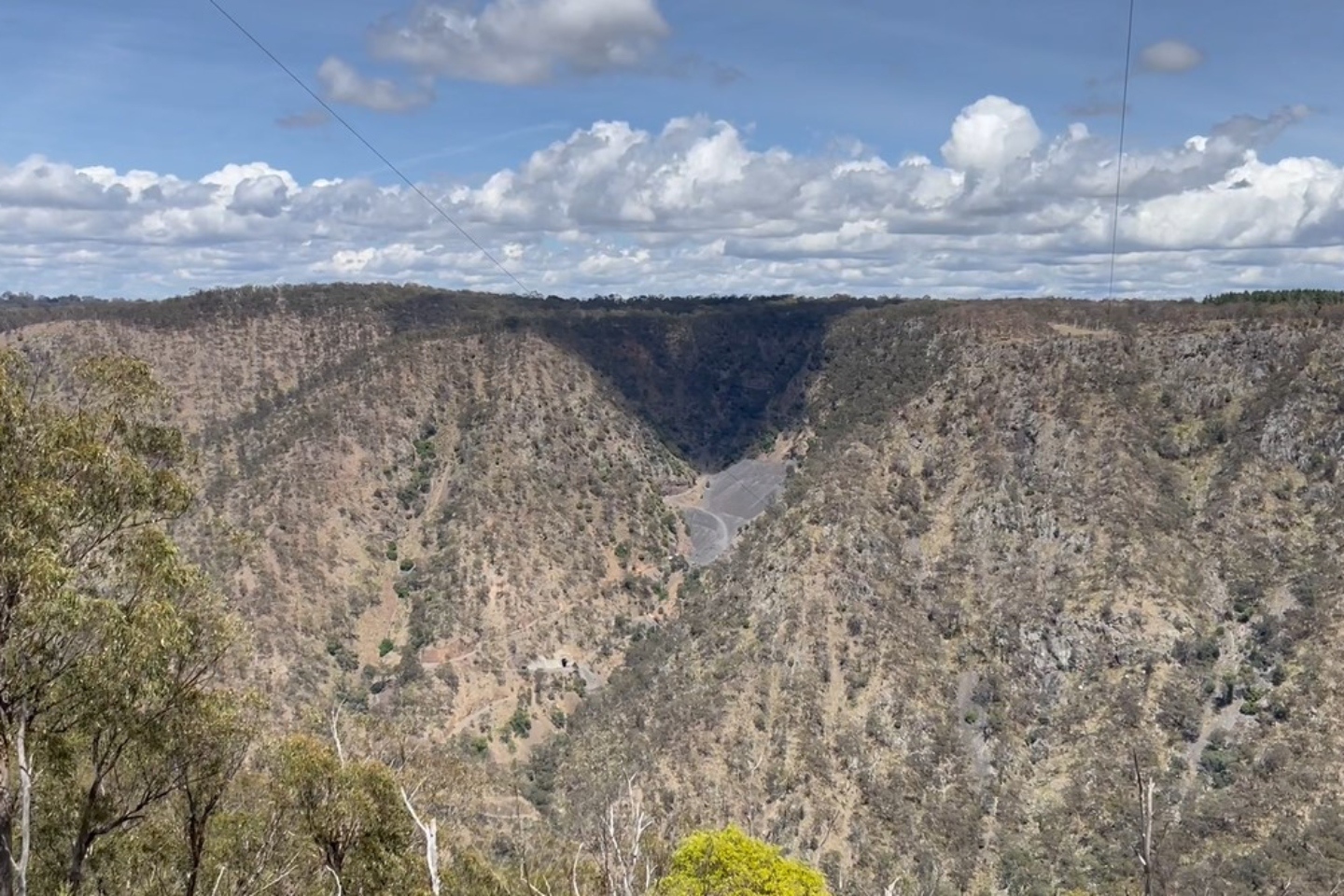Larvotto Resources has secured formal NSW government approval for its Hillgrove Mod 6 application, clearing the path for mining and processing at its gold-antimony project. The green light allows the company to press forward with final financing, infrastructure upgrades and a planned production start in 2026. The approval also supports key environmental initiatives, including the shift to dry-stacked tailings for more sustainable operations.


Larvotto Resources has bagged a big win for its flagship Hillgrove gold and antimony project in New South Wales after the State Government signed off on a crucial application to allow the company to restart mining and processing at the historic site.
The long-awaited green light from the Department of Planning, Housing and Infrastructure for its Modification 6 development application is a significant step, which catapults the company into final-stage financing discussions and unlocks a clear runway to production by 2026.
The project now appears primed to emerge as a globally strategic source of antimony - a critical mineral used in flame retardants, batteries and military applications - alongside a swag of gold.
Larvotto Resources managing director Ron Heeks said: “With formal approval now secured, we can immediately finalise financing and move towards a 2025 restart of operations, demonstrating Hillgrove’s true potential as a globally strategic antimony and gold asset. We’re now entering final-stage financing discussions with confidence, backed by an approved, world-class project.”
The regulator’s tick covers a broad range of development activities, including critical infrastructure upgrades and renewed access to underground workings, which are key to bringing the once-dormant operation roaring back to life.
The new approvals also support the company’s plans to roll out a new waste storage process by allowing for an increased tailings height as it shifts to dry-stacking, which Larvotto sees as a crucial step for the transition.
Larvotto opted for dry-stacked tailings at Hillgrove due to its environmental, engineering and cost advantages and because it is particularly suited to the site's steep terrain and existing infrastructure.
The process uses a filter press to reduce water content below 9 per cent to produce dry material, which is then compacted into a lined containment area. When the stack reaches its height limit, it’s capped with topsoil to stabilise the structure and support revegetation.
The safer, more environmentally friendly process gained traction worldwide following the 2015 Mariana tailings dam disaster in Brazil.
The dam collapse at the mine owned by BHP, Vale and Samarco caused widespread pollution along the Doce River, which led to a massive $45 billion fine being dished out to the companies involved.
Although the latest approvals have put a rocket under Larvotto’s development timeline, it isn’t the only card in play. The company is continuing to push a separate Modification 5 application, which aims to ramp up processing capacity from 250,000 tonnes to 500,000t per annum.
If approved, the second application will also give Larvotto a final nod to embed its dry-stacking waste management system into all of its operations.
When Larvotto flips the switch on operations at its Hillgrove project - home to a 1.97-million-ounce gold equivalent resource grading 7.2 grams per tonne (g/t) - it expects to churn out annual production of 40,566 ounces of gold and 4878t of antimony over an 8.2-year mine life.
The total resource sits at 1.13 million ounces of gold and 96,000t of antimony, including a 636,000-ounce gold equivalent ore reserve at 6.6g/t, positioning Hillgrove as a high-grade, dual commodity play.
In May, the company posted a jaw-dropping definitive feasibility study, valuing the project’s net present value at $694 million using an 8 per cent discount rate. The study assumed metal prices of US$2850 (A$4384) per ounce of gold and US$41,000 (A$63,076) per tonne of antimony.
The mine is also forecast to generate $251 million in annual EBITDA and an after-tax free cash flow of $128 million.
If current spot prices are factored in, the new present value skyrockets to $1.269 billion, the EBITDA jumps to $354 million, and free cash flow hits $198 million a year.
The latest approvals represent a major de-risking moment for the Hillgrove venture and should put Larvotto in pole position to lock in contractors, kick off procurement and roll into construction.
The news couldn’t come at a better time. Antimony prices have raced past US$60,000/t (A$92,000/t) amid growing global recognition of its strategic value, while the gold price is sitting pretty at more than $5000 per ounce.
Backed by strong fundamentals, a full regulatory sign-off and the promise of near-term cash flow, Larvotto appears on the brink of transforming Hillgrove from a heritage site into a 21st-century metals hub. With shovels set to hit the ground in 2025 and the first pour expected in 2026, the countdown is on.
Is your ASX-listed company doing something interesting? Contact: matt.birney@businessnews.com.au














